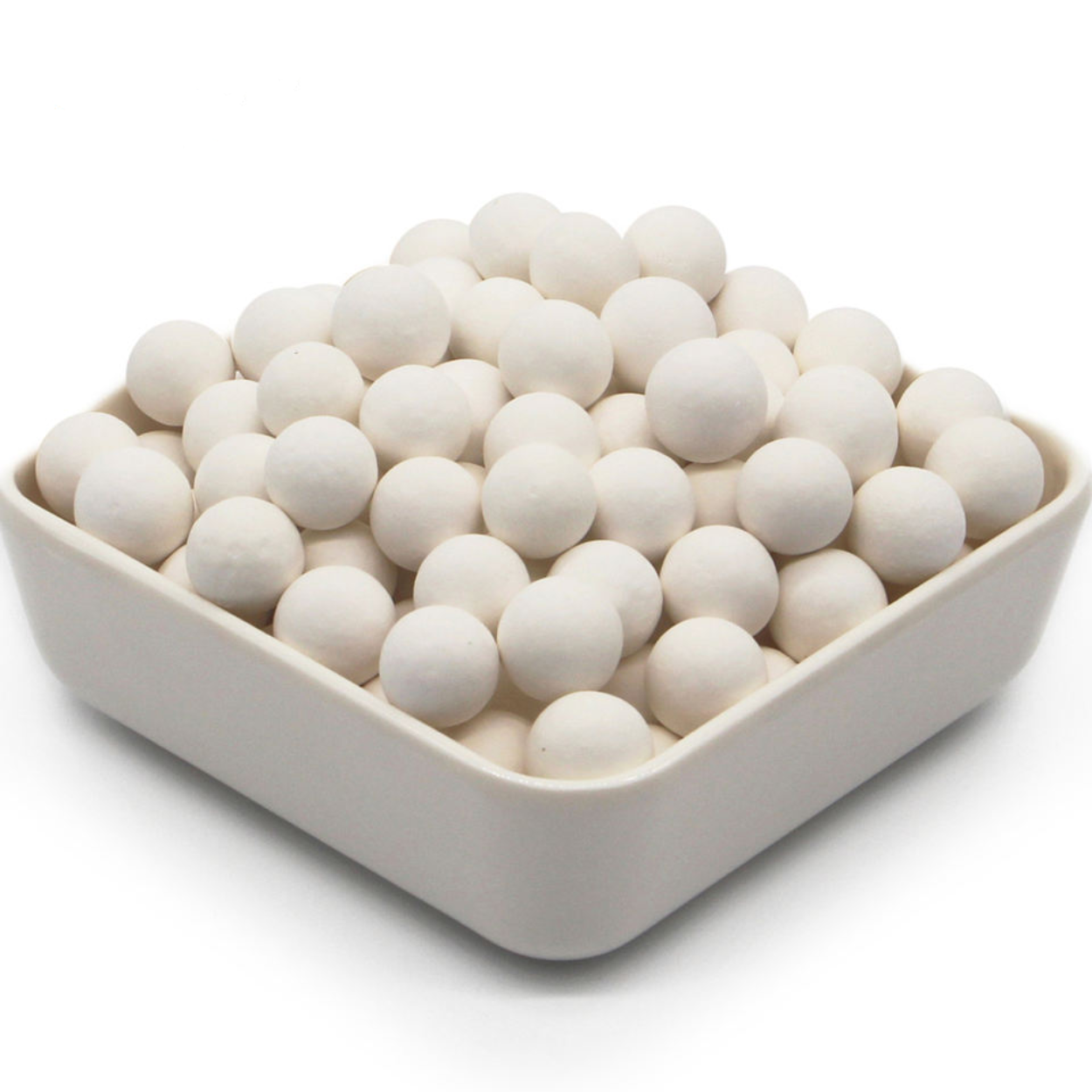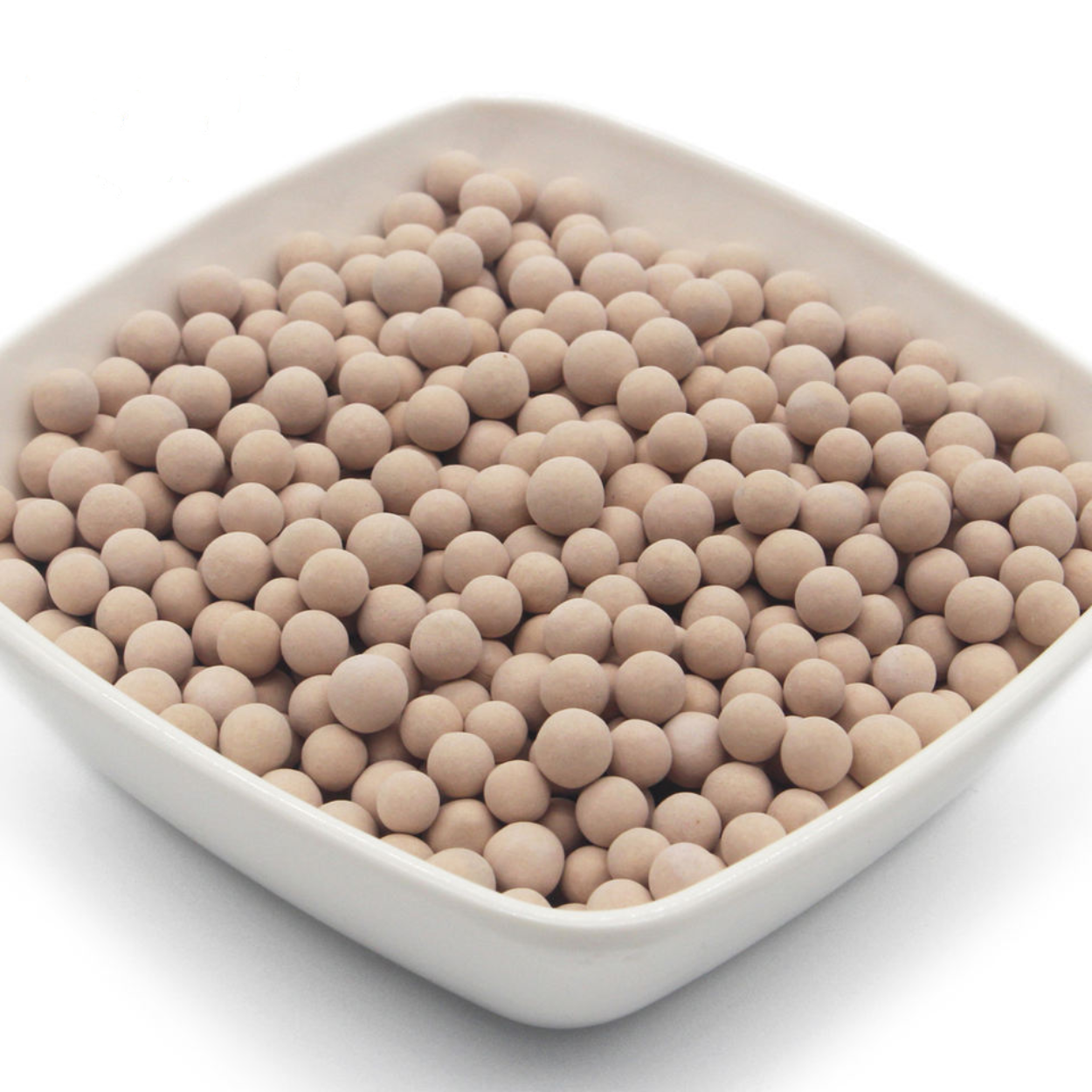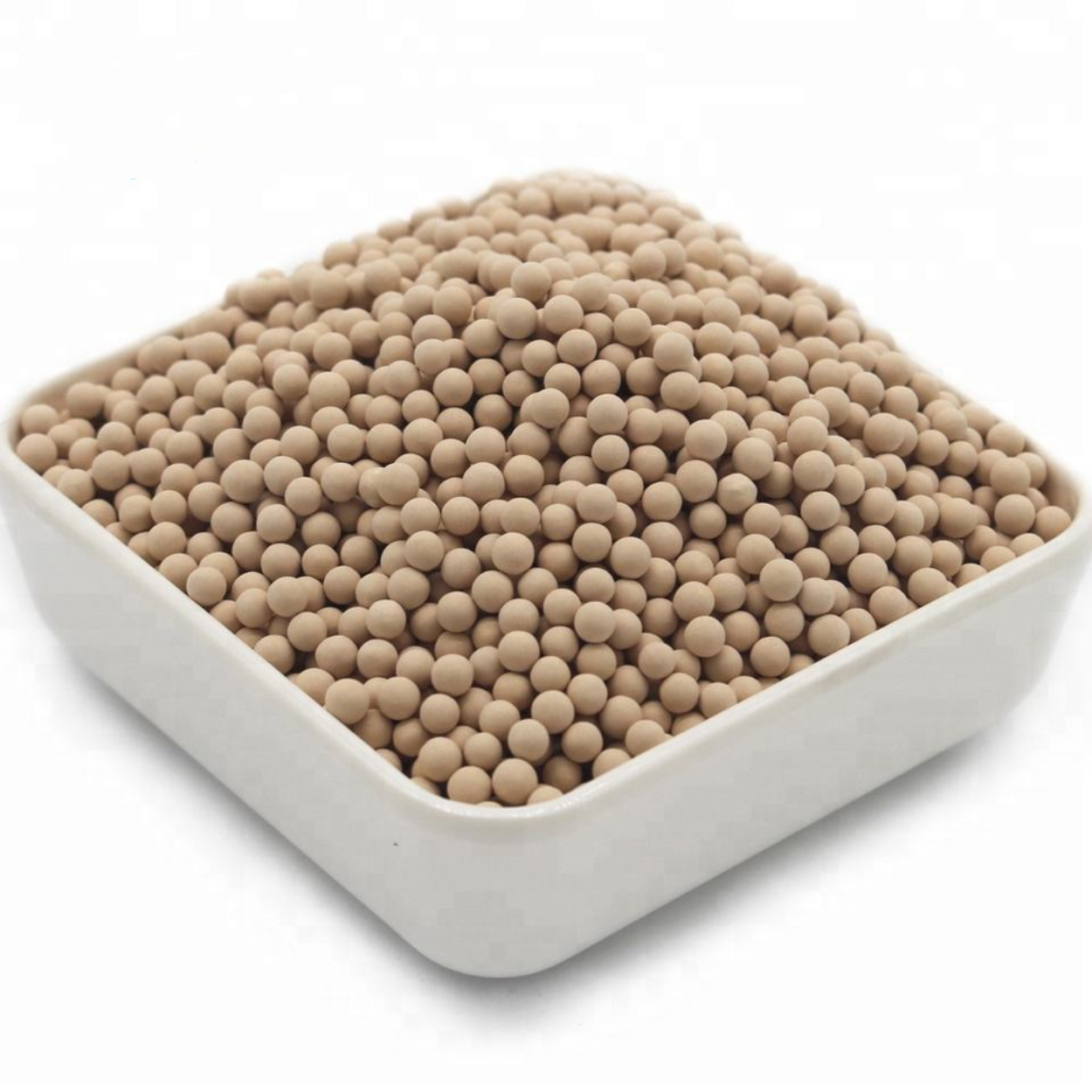
Manufacturer 4A vs 3A Molecular Sieves in LNG Dehydration
LNG dehydration mainly uses 4A molecular sieves for water and hydrocarbon removal, while 3A suits cases needing zero hydrocarbon adsorption.
In chemical, pharmaceutical, and printing industries, recovering organic solvents such as ethanol, acetone, and n-hexanol reduces production costs and minimizes environmental impact. However, common issues—such as residual moisture, impurity separation, and high energy consumption—require optimized treatment systems. 3A molecular sieves, activated carbon, and plastic Pall rings are three key materials that work together to improve recovery efficiency and solvent purity. This article analyzes their working principles, advantages, and real-world applications to help industries design efficient recovery systems.
Traditional agents like TEOF work via chemical reaction—consuming water and producing ethanol and ethyl formate. The method is mature and easy to apply but introduces byproducts that can impact final product properties.
Molecular sieve activated powders, on the other hand, function through physical adsorption. Derived from high-temperature calcined molecular sieve raw powders, they feature uniform micropores (approx. 0.3 nm for 3A and 0.4 nm for 4A) that selectively adsorb water without chemical reaction. This approach leaves the formulation unchanged and is reusable—making it increasingly popular in high-end polymer applications.
With a pore size of 3 Å, 3A molecular sieves adsorb only water molecules (2.8 Å) while excluding organic solvents such as ethanol (4.2 Å) and acetone (4.9 Å), preventing solvent loss.
In n-hexanol purification, water content can be reduced to below 1 ppm, preventing unwanted esterification or oxidation.
| Parameter | 3A Molecular Sieve | Silica Gel / Activated Alumina |
|---|---|---|
| Adsorption Selectivity | Water only | Water + some solvents |
| Dew Point Control | ≤ –70 °C | –30 °C to –40 °C |
| Regeneration | 250 °C hot air, >5 years lifespan | Saturates easily, frequent replacement |
– Core Function: Adsorbing Organic Components
For toluene and acetone in waste gas (367 mg/m³), ACF achieves an equilibrium adsorption of 0.1945 kg/kg.
– Industrial Applications
Printing workshop VOC recovery: ACF units combined with 3A dehydration raised solvent recovery rates to 95% with zero secondary pollution.
Pharmaceutical wastewater treatment: ACF adsorbs residual solvents, achieving >85% COD removal.
– Technical Advantages
| Parameter | Activated Carbon Fiber | Granular Activated Carbon |
|---|---|---|
| Adsorption Speed | Saturates in minutes | Takes hours |
| Heat Resistance | Up to 150 °C, rapid cooling | Loses efficiency at high temp |
| Automation | PLC-controlled regeneration | Manual, less efficient |
– Core Function: Boost Distillation Efficiency
In an ethanol recovery tower, polypropylene Pall rings increased recovery from 85% to 92% and cut energy use by 15%.
– Industrial Applications
Solvent distillation columns: High porosity (95%) and low pressure drop make them suitable for continuous recovery of methanol, acetone, etc.
Catalyst carriers: PTFE Pall rings loaded with catalysts improved ibuprofen synthesis conversion by 10%.
– Technical Advantages
| Parameter | Plastic Pall Ring | Ceramic / Metal Packing |
|---|---|---|
| Pressure Drop | Low, reduces fan energy | High, higher energy use |
| Corrosion Resistance | Excellent (99% acid/alkali resistant) | Prone to solvent corrosion |
| Service Life | 5+ years | 2–3 years |
– ACF adsorption: Captures VOCs (toluene, acetone) from exhaust.
– 3A molecular sieve dehydration: Removes water from condensates, improving purity.
– Pall ring distillation tower: Separates solvent from impurities with >90% recovery rate.
Economic Performance Comparison
| Technology | Investment | Operating Cost | Recovery Rate | Best Use Case |
|---|---|---|---|---|
| 3A Molecular Sieve | Medium | Low (regenerable) | 99.9% purity | High-precision dehydration |
| Activated Carbon Fiber | High | Medium | 95% | High VOC concentration gas |
| Pall Ring | Low | Low | 92% | Large-scale distillation |
High-moisture solvents: 3A molecular sieve dehydration (n-hexanol, ethanol).
High VOC exhaust: ACF adsorption + molecular sieve dehydration.
Large-scale distillation: Plastic Pall rings for lower energy use.
By matching material properties to process needs—based on solvent type, impurities, and capacity—industries can achieve high-efficiency, low-carbon, and cost-effective solvent recovery.

LNG dehydration mainly uses 4A molecular sieves for water and hydrocarbon removal, while 3A suits cases needing zero hydrocarbon adsorption.

Achieve ultra-deep dehydration of cracked gas with 3A molecular sieves—remove water without ethylene/propylene loss, ensuring catalyst life and product purity.

Home Desiccant Activated Alumina for air compressor drying gas purification wholesale Email WhatsApp Product Inroduction: Desiccant Activated Alumina for air

Home Adsorbent Zeolite 13x Molecular Sieve for Removing Odor From LPG in air Freshener Plant Email WhatsApp Product Inroduction: Adsorbent Zeolite
As a leading molecular sieve manufacturer, we share the latest industry news and insights on adsorbents like molecular sieves, sieve powder, and activated alumina.

Activated alumina offers efficient drying, purification, and catalysis across gas, water, petrochemical, and environmental industries.

Choosing the right molecular sieve involves several factors, with pore size and polarity matching being the most critical.

LNG dehydration mainly uses 4A molecular sieves for water and hydrocarbon removal, while 3A suits cases needing zero hydrocarbon adsorption.